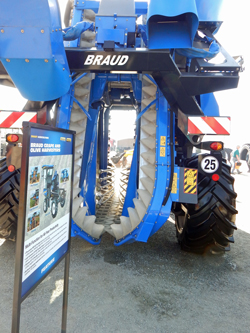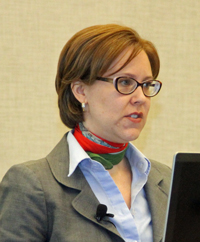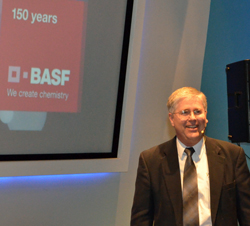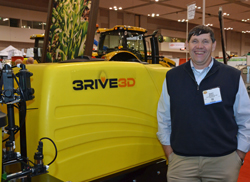A new report from GROWMARK Research![]() demonstrates how commodity market capital flows distort our perception of the effect that news has on commodity prices.
demonstrates how commodity market capital flows distort our perception of the effect that news has on commodity prices.
“News, Money and Prices” shows that money flows constitute an independent causal force on prices that have a life of their own; they represent additional demand. Often, it is not the news causing prices to rise; it is that the news comes out while prices are rising. “Money flows move prices regardless of what the news is or whether there is any news at all,” according to Kel Kelly, GROWMARK economic and market research manager, and author of the report. Additionally, he shows that price responses to news are more than four times greater during periods where money flows are taking place than when they are absent.
The study indicates that what is often perceived as news events roiling markets are more often just catalysts for investors to implement pre-planned buy and sell decisions. Seeming price-altering news events are instead usually just the effect of large quantities of money flowing in and out of markets merely because it has been created and is readily available for such purposes.












